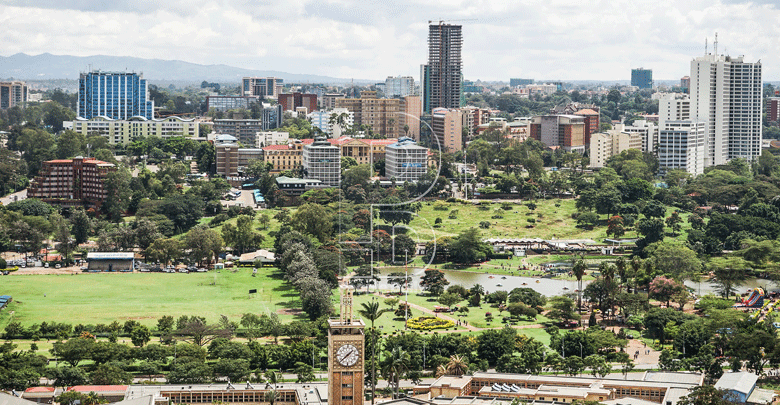Replan Nairobi green spaces, experts advise

Dwindling green spaces could expose Nairobi residents to diseases as rats and insectivorous bats migrate to densely populated areas.
Researchers at the Nairobi-based International Livestock Research Institute (ILRI) now note that replacement of green spaces with concrete jungles leads to loss of important species such as fruit bats, primates and pollinators.
As ecological landscape changes, wildlife species that co-exist with humans such as scavenging rats and bats are forced to move to poor urban slums- carrying diseases in their wake.
“It is troubling because evidence suggests bats and rats host more germs and could pass diseases on to people and make them sick.
Zoonotic diseases could range from minor short-term illnesses to major life changing illnesses and even death,” observed Dr Eric Ferve, a researcher at ILRI and also a professor of Veterinary Infectious diseases at University of Liverpool in the United Kingdom.
Researchers also note that such species also seek resources provided by humans and livestock. Their wastes, which carry disease causing microorganisms, get even closer to humans.
Studies done on Nairobi indicate that between 1976 and 2000, the city’s forest cover went down from 14 per cent to three per cent.
On the other hand, bushland cover over the same period was reduced from 22 per cent to 13 per cent.
Researchers recommend that Nairobi City authorities should maintain areas of forests, grasslands and clean waters throughout the city.
Smart urban planning will reduce interactions between humans, rat and bats by clearing rubbish and manure heaps from households.
Reconfiguring distribution of green space from the peri-urban fringe of city to densely populated areas would build a more equitable society, allowing more city dwellers to have access to recreational space.












